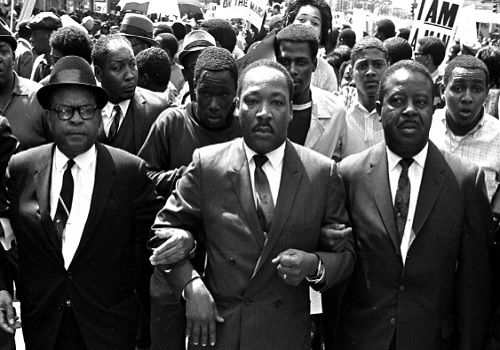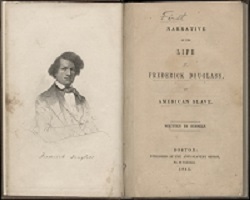Who was Harriet Tubman?
Harriet Tubman is an American hero and an icon of freedom, a five-foot-tall African American abolitionist who guided hundreds of slaves away from the bondage of slavery. She is the best known female abolitionist of antebellum American.
Illiterate but profoundly religious, Tubman was born into slavery between 1815 and 1825 on the Eastern Shore of Maryland. Her birth date is unknown as paper records of slaves’ births were not kept at the time. Tubman’s birth name was Araminta “Minty” Ross. Later, before she escaped, she changed her first name to Harriet, after her mother and adopted her husband’s last name, Tubman.
During her early life, as a young girl, she lived in harsh conditions and violence and a skull fracture that nearly killed her and affected her for the rest of her life. She refused to live in under the oppression of slavery and found the courage to liberate herself and those she loved.
Once she settled in the north she built a support network consisting of trusting black and white friends who would host and arrange transportation for fugitive slaves. From 1851 to 1860 she became the most famous conductor of the Underground Railroad. In that decade she made 19 trips and liberated around 300 slaves, including her parents, relatives and friends. In every trip she made she risked her life. The passage of the Fugitive Slave Law as part of the Compromise of 1850 made her job more dangerous. She was a fugitive slave and she was helping others escape. Under the law anyone capturing her would be financially compensated.
She was a religious person and found courage in her belief in God. She declared that God spoke to her and guided her in her expeditions. It is believed that the head injury she suffered when she was a teenager triggered visions and dreams. Later in her life, when she was about 78 years old, she found herself constantly unable to fall asleep because of a buzz in her head; she underwent surgery in Massachusetts General Hospital. She refused to be given anesthetics and instead did as soldiers did during the civil war, chewed on a bullet.
Harriet Tubman met abolitionist William Lloyd Garrison who nicknamed her “Moses”. Frederick Douglass was a strong supporter of her activities opening his house in Rochester, New York to passengers of the Underground Railroad. She once told Douglass that she “had never lost a single passenger”. At one point in time he hosted 11 fugitives on their way to Canada. Tubman also supported John Brown’s activities recruiting supporters for the Harpers Ferry Raid. Brown called her “General Tubman”.
When Abraham Lincoln was elected president in 1860, southern slaves states created the Confederacy States of America and seceded from the Union. In his inaugural address Lincoln made clear that his objective was to limit the spread of slavery beyond its existing boundaries while keeping the Union intact. Southern states disagreed. The Civil War started when Confederate forces attacked Fort Sumter in Charleston, South Carolina.
Tubman’s service in the Civil War was selfless. She worked as a cook and a nurse. Her knowledge of local curative plants made her popular among sick soldiers. She was also a spy and a scout. She became the first woman in the Civil War to lead an assault, the Combahee River Raid in which 700 slaves were set free.
After the Civil War she returned home to Auburn, New York. She married Nelson Davis, a man 22 years younger than her. The couple adopted a baby girl named Gertie.
Tubman always helped those in need but her financial situation was dire. Her first authorized biography, Scenes in the Life of Harriet Tubman by Sarah Hopkins Bradford, provided her with $1200 in revenue.
Harriet Tubman became a supporter of women’s suffrage giving speeches in Washington DC, New York and Boston.
Later in her life Tubman donated her property to the African American Methodist Episcopal Zion Church in Auburn to be converted into a home for the aged and indigent colored people. Tubman was very frail and spent her final years in the Harriet Tubman Home for the aged.
Tubman died of pneumonia on March 10, 1913 at age 93. She is buried at Fort Hill Cemetery in Auburn, New York.





